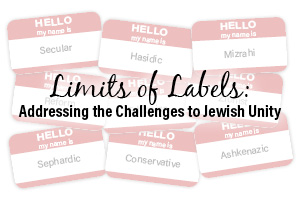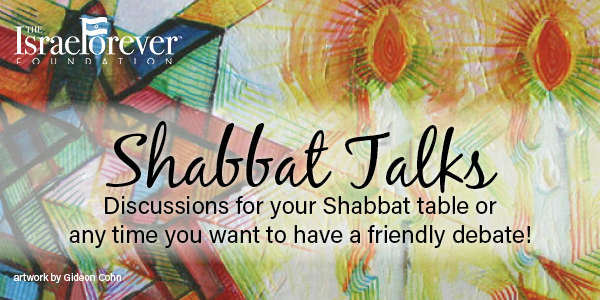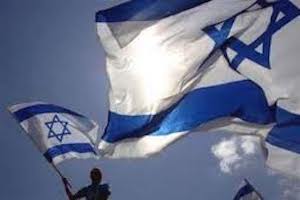Dressed for the Occasion of Jewish Leadership: Parashat Tetzaveh
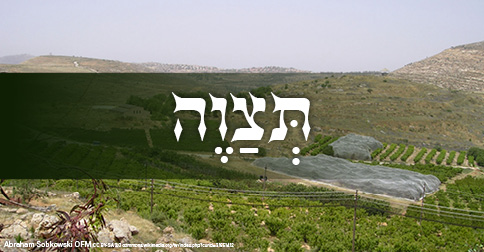
This is the week of the Kohanim - the priests who dedicated their lives to the service in the Temple. For the first time in the Torah since his birth, Moses’ name is not mentioned even once, other than the first-person narrative of the book of Deuteronomy. Aaron, the newly appointed High Priest, is referenced more than 30 times. Does this indicate a shift in the paradigm of leadership? What is the implication of these priests on the whole of the Jewish people - both then, and now? And what is the meaning of the very detailed description of the priestly garments while serving in the sanctuary?
LEADERSHIP
The lessons of leadership are as empowering as they are timeless and universal. We see the transition between personality styles to meet the various demands of our social and political realities. Whereas Moses was the leader who led us from slavery to freedom, Aaron and his descendants would become the leaders who brought us from the randomness of unstructured life to a focus on the observance of the mitzvot of service and sacrifice. Each possessed traits suited to the demands of the “job” they were destined to fill
Tetzaveh also includes G‑d’s detailed instructions for the seven-day initiation of Aaron and his four sons—Nadav, Avihu, Elazar and Itamar—into the priesthood and for the making of the golden altar, on which the ketoret (incense) was burned, essentially the transmission of leadership that they will be expected to sustain for the generations to come, teaching their own descendants of the ways of Jewish life and dedication to Hashem.
“You shall be a kingdom of Priest-Kohanim to understand and to teach to the entire human race the necessity of the calling out in the name of the Lord, so that they might serve Him together… for from Zion shall come forth Torah(to the world)” (Sefarno).
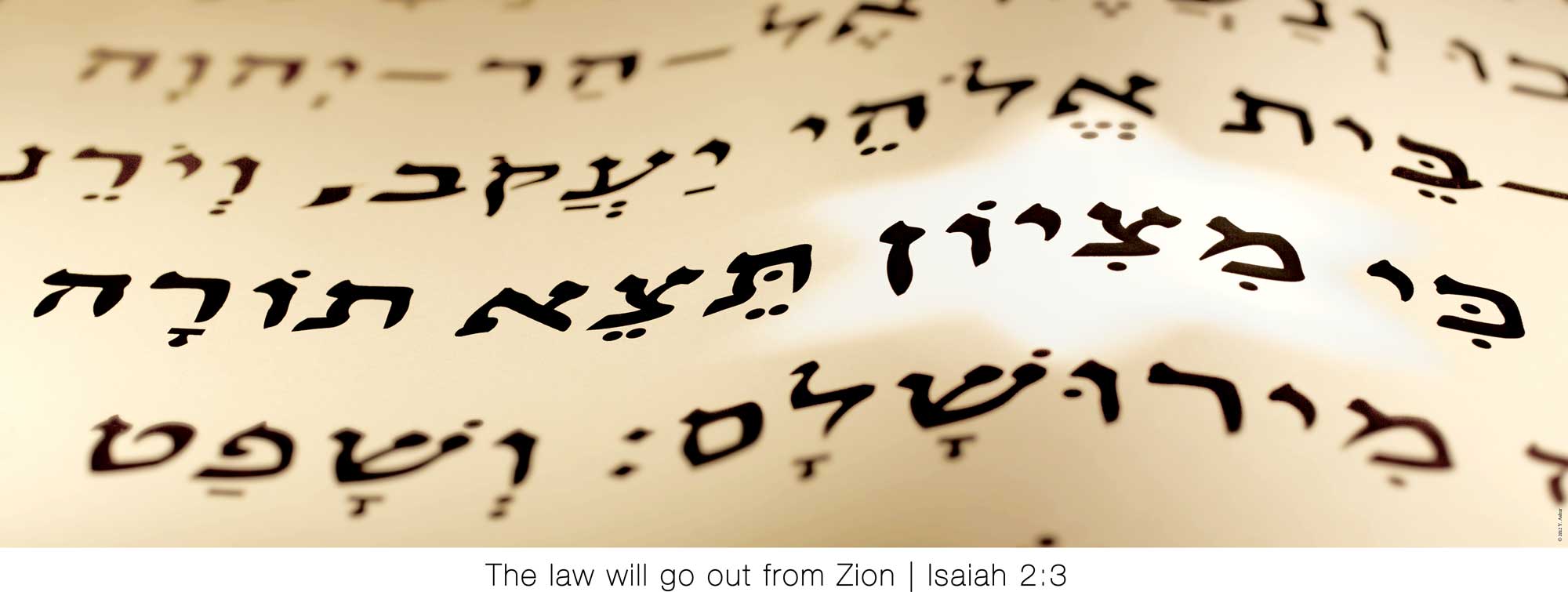
In honoring the consecration of Aaron’s priestly descendents, we are reminded of the lineage that the Jewish nation sustains from generation to generation - a lineage that encompasses both a blood connection as well as one of heritage, history and destiny. This inheritance also reflects the values that drive leaders forward in their pursuit of achieving good.
For the Jewish people as a whole, that good is defined not only in self-serving accomplishments, but as achievements for the community and the value system we aim to uphold. Even the diversity of religious practice should not derail this common belief we share in the collective good for Am Yisrael. And most especially, neither should one’s opinions on Israel - for as we learn from the Torah, our disagreements can be an expression of our inner search for the right questions to ask, more than even the search for the answer.
DRESSED FOR THE OCCASION
As Parshat Tetzaveh precedes Purim in non-leap years, it makes sense that much of the focus would be not only on the leaders, but also their unique dress as required for the fulfillment of the mitzvot of the service in the Holy Temple in Jerusalem. “Aaron shall bear the judgment of the children of Israel upon his heart before G‑d continually (28:30).”
The uniform prescribed to the Kohanim is explained in detail, and it is commanded that Aaron bear the mark of Israel always and forever - a constant reminder of those for whom he was bestowed the responsibility to represent. Why is the prescribed attire so crucial to the Temple service? What impact does one’s clothing have on the role they play as a public figure? Is there a greater meaning for the incredible precision with which these servants to Hashem must be clothed?
All wore: 1) the ketonet—a full-length linen tunic; 2) michnasayim—linen breeches; 3) mitznefet or migba’at—a linen turban; 4) avnet—a long sash wound above the waist. The kohen gadol (high priest) wore: 5) the efod—an apron-like garment made of blue-, purple- and red-dyed wool, linen and gold thread; 6) the choshen—a breastplate containing twelve precious stones inscribed with the names of the twelve tribes of Israel; 7) the me’il—a cloak of blue wool, with gold bells and decorative pomegranates on its hem; 8) the tzitz—a golden plate worn on the forehead, bearing the inscription “Holy to G‑d.”
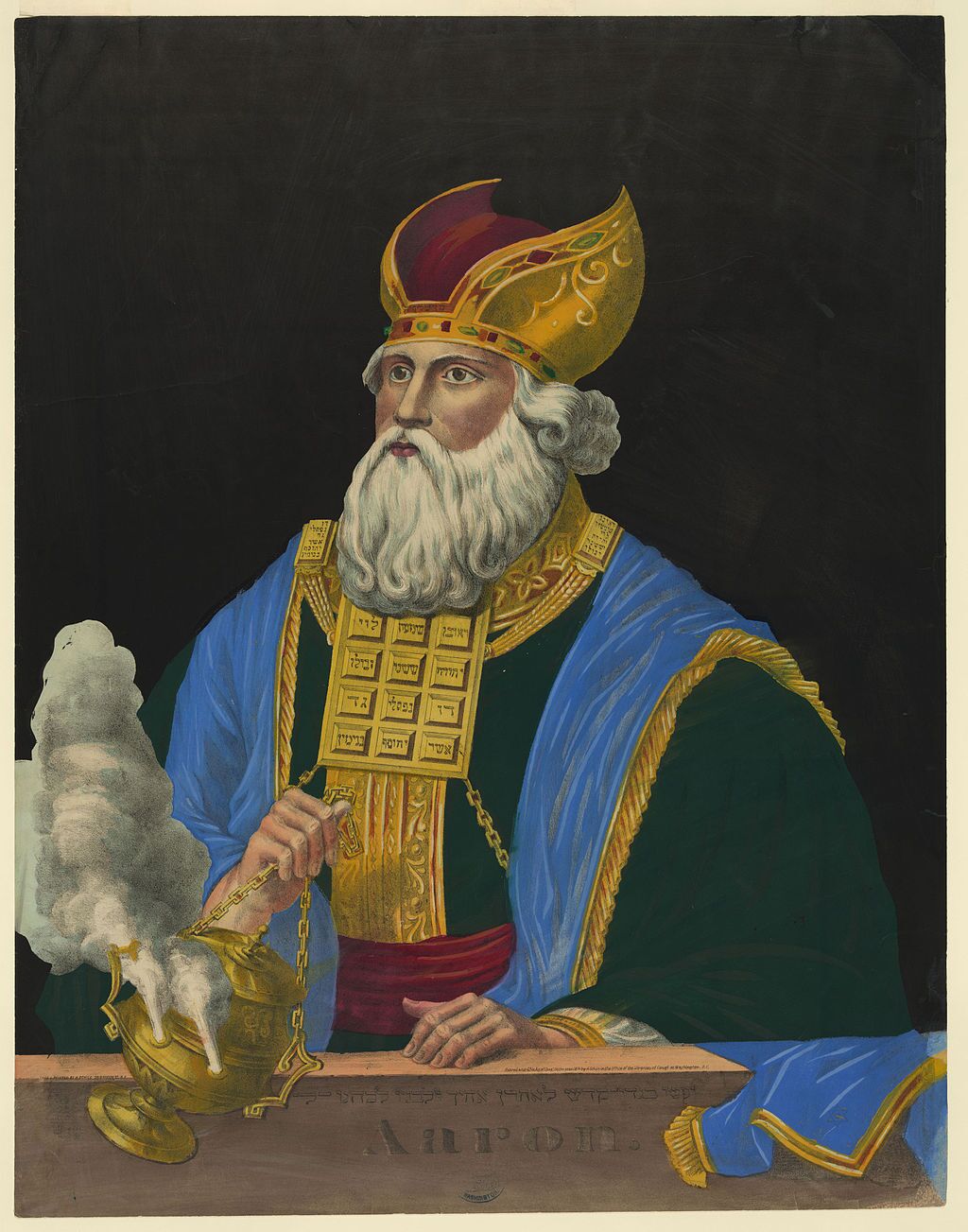
The 8 elements of the required attire for a Kohen are believed by the sages to represent different midot, values, that are considered central to being a good and decent human being as well as crucial aspects of any leader with integrity.
- The tunic atoned for bloodshed, for it is said, “They slaughtered a he-goat, and dipped [Joseph’s] tunic in the blood” (Genesis 37:31).
- The breeches atoned for lewdness, as it is said, “You shall make them linen breeches to cover the flesh of their nakedness” (Exodus 28:42).
- The turban made atonement for arrogance - let an article placed high up come and atone for an offense of haughtiness (ibid).
- The sash atoned for impure thoughts of the heart, beneath which it was placed. (ibid)
- The breastplate atoned for neglect of civil laws, as it is said, “You shall make a breastplate of judgment” (Exodus 28:15).
- The ephod atoned for idolatry, as it is said, “Without ephod or teraphim” (Hosea 3:4).
- The cloak atoned for slander - let an article of sound (i.e., the bells on the cloak’s hem) atone for an offense of sound(R. Chanina)
- The crown, worn on the forehead, atoned for brazenness . . . as it is written, “Yet you have a harlot’s forehead " (Jeremiah 3:3).
Just as these values are so crucial for our priestly tribe, so, too, are they important for all Jews everywhere - a continued and eternal replication of the commandments. As it is written, “And you shall be unto me a kingdom of Priest-Kohanim and a holy nation.” (Exodus 19:6) So even those of us who do not don the robes and splendor of the Kohen in the Temple, we should act and live as if we are - everywhere, whatever we are doing, wherever we are in the world.
Among the things that allowed the Jewish people to survive the exile in Egypt for 2000 years was that they kept their Jewish clothing. For observant Jews, this may be more obvious - the kippah, tzitzit, tefillin serve as reminders of the physical expression of these values and others. The externalities are really the first thing we see, and they are the first vehicles for any message we choose to communicate. But even those who do not practice in this way, or express their Jewishness through a physical object that they wear, but who hold the essence of Israel - the faith, land, people - in their heart, should be mindful of the holiness we all represent as members of our nation. Even when we disagree, we should be inspired to fulfill the ancestral legacy of presenting ourselves as Jews, as human beings, as a part of the whole that is Israel.
EVERLASTING LIGHT
It is in the very first pasuk of this parsha, G‑d tells Moses to receive from the children of Israel pure olive oil to feed the “everlasting flame” of the menorah, which Aaron is to kindle each day, “from evening till morning.”
These verses contain a paradox: “everlasting flame” implies a state of perpetuality and changelessness; “from evening to morning” implies fluctuating conditions of lesser and greater luminance.
For such is our mission in life: to impart the eternity and perfection of the Divine to a temporal world, and to do so not by annihilating or overwhelming the world’s temporality and diversity, but by illuminating its every state and condition—from “evening” to “morning”—with the divine light.The Lubavitcher Rebbe
So, too, is it our task to keep the everlasting flame alive. Just as we rekindle, rededicate ourselves to our ancestral legacy on Chanukah when we celebrate the miracle of oil, so, too, shall we seek out the pure olive oil of the Land of Israel to “kindle the lamps continuously… as an everlasting statute for their generations, from the children of Israel.” For it is that same connection to the heart of our hearts - in Jerusalem, in the land of our ancestors - that passes from generation to generation and inspires us to dress the part, on Purim and all year round.
FOOD FOR THOUGHT:
- Which type of leader are you most inclined to follow?
- How does the outward appearance through physical attire influence your appreciation of their role as a leader?
- What values do you feel the way you dress portrays to others?
- When do you choose to wear outward symbols of being Jewish, like a kippah or a Star of David necklace?
- Do you ever feel like you don’t want other people to know you are Jewish? Why not?
- How do you interpret the meaning of the ”everlasting flame” that we are obligated to carry on from generation to generation?
- How do you feel we can use our collective purpose as the nation of Israel to overcome our differences?
- What is your favorite olive oil of Israel?
Recommended for you:
#SHABBAT TALKS
Bring a touch of Israel into your Shabbat (or any time you are up for a friendly debate!) with these great discussion resources
About the Author




